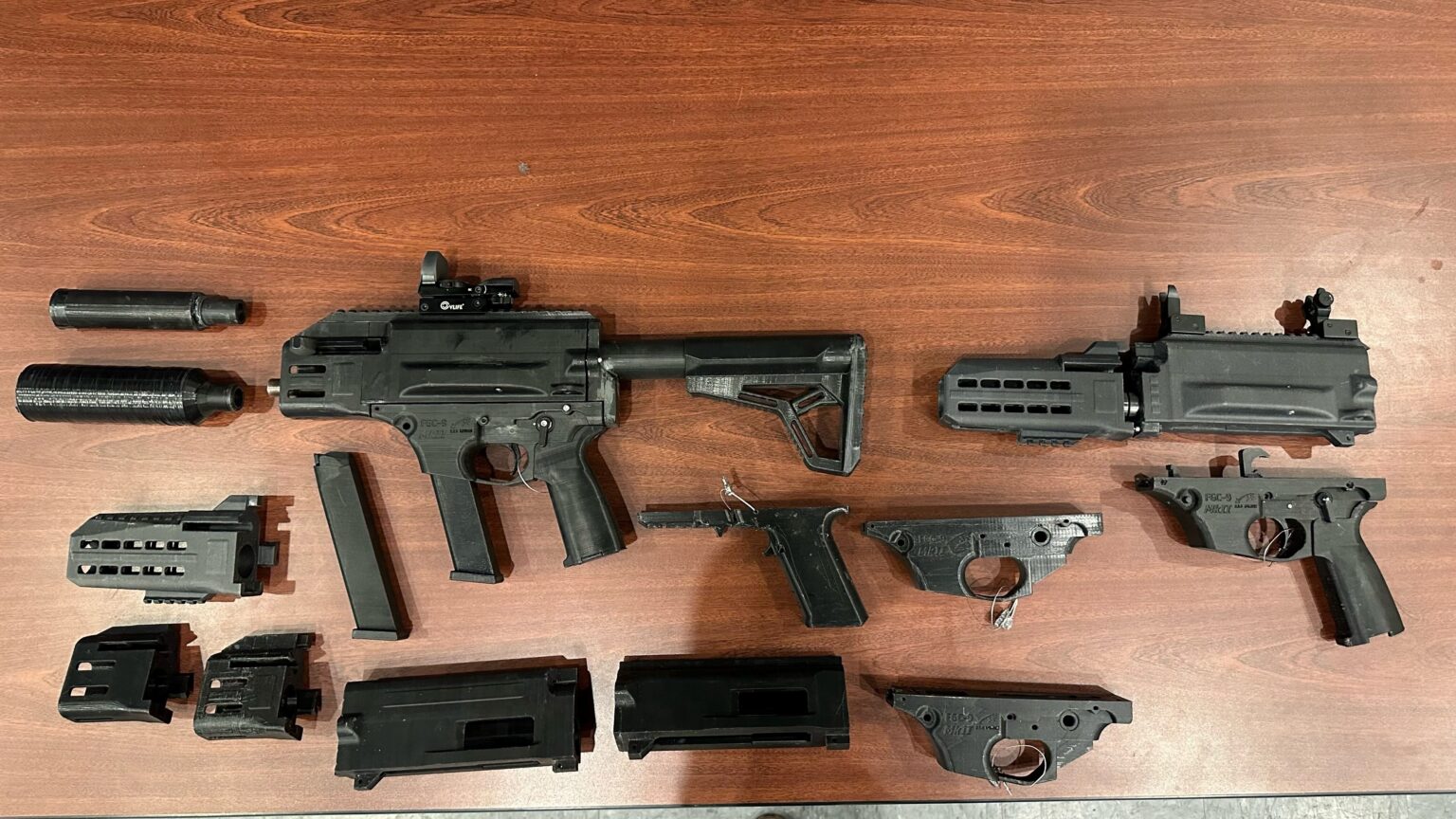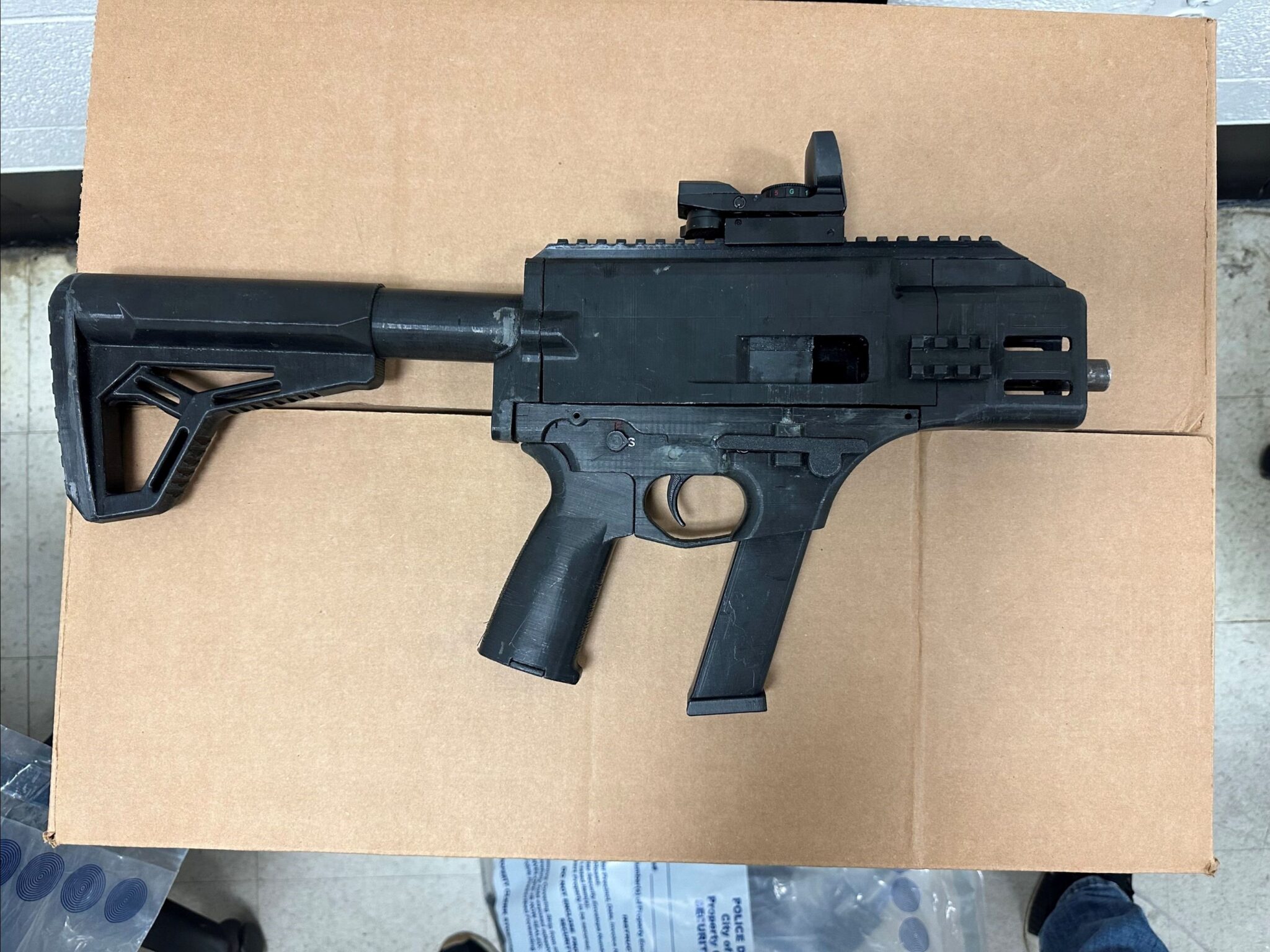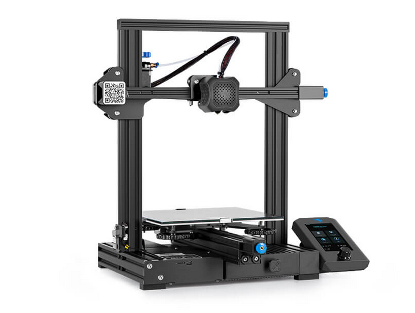The Plastic Pipeline: Manhattan and Colorado Take Action on 3D Printed Firearms and Ghost Guns
Manhattan lawmakers and the New York Police Department (NYPD) have joined forces to intensify efforts against ghost guns, recently introducing new legislation to outlaw the manufacturing of 3D printed guns and gun parts. In a parallel move, the Governor of Colorado has signed a bill imposing a ban on ghost guns. A surge in ghost gun seizures has prompted these measures as authorities strive to combat gun violence and address the growing proliferation of easily assembled, 3D printed firearms. It’s important to distinguish 3D printed firearms from the broader category of ghost guns, but additive manufacturing has made it easier to facilitate the production of ghost guns.
Addressing the issue of illegal guns on the streets remains an ongoing challenge for police departments. Since New York City Mayor Eric Adams assumed office on January 1, 2022, the NYPD has seized 8,500 illegal guns, including over 540 ghost guns. Comparing the data from 2021 and 2022 reveals a 76% increase in ghost gun seizures, with the department confiscating 356 ghost guns in 2022, compared to 202 seized in the same period the previous year.
Data from the New York State Intelligence Center highlights a significant rise in ghost gun recoveries statewide. In 2021, law enforcement agencies across New York confiscated 637 ghost guns, reflecting a substantial 135% increase compared to the previous year. This trend indicates continued annual growth, with recoveries escalating from 44 in 2018 100 in 2019 (a 117% increase from the preceding year), and 202 in 2020 (a 171% surge).
Notably, law enforcement agencies in other parts of the country, particularly larger cities, have also observed similar upswings in ghost gun recoveries. 3DPrint.com’s data during this period sheds light on gun arrests, which doubled and tripled in 2021 and 2022, respectively, compared to the previous year.
Rise of ghost guns
In May of this year alone, the NYPD made historically high numbers of gun arrests, resulting in 349 arrests and the seizure of 284 firearms. Notably, several high-profile busts have drawn attention, including the arrest of the brother of Hollywood actress Julia Fox, who was found possessing ghost guns, drugs, and explosives after a raid on his Manhattan residence in March.
Investigations have also shed light on the ease with which criminals can use 3D printers to manufacture weapons and their components. The Ghost Gun Team of the NYPD’s Criminal Intelligence Section has been working to intercept hundreds of illegal firearms entering New York City through both the traditional “iron pipeline” (which refers to the flow of illegal firearms from states with more relaxed gun laws) and the emerging “plastic pipeline,” which involves the illicit distribution of 3D printed firearms and components.
Now, the NYPD and Manhattan District Attorney (DA) Alvin L. Bragg, Jr. are spearheading new legislation to combat ghost guns. On June 2, Bragg introduced a bill that would criminalize the manufacture of 3D printed guns and gun parts, like unfinished frames, receivers, magazines, and firearm silencers. This legislation, unveiled during Gun Violence Awareness Month, aims to close loopholes in manufacturing and strengthen penalties. Additionally, the bill would make it a serious criminal offense to 3D print a ghost gun and a severe misdemeanor to distribute files containing blueprints for 3D printed firearm components.

3D printed ghost gun parts recovered from March 8, 2023 search warrant. Image courtesy of Manhattan’s DA Office.
While the existing ghost gun and possession laws have enabled the DA’s office to prosecute individuals for possessing ghost guns and gun components, this new legislation would empower prosecutors to bring additional charges for manufacturing parts and firearms recovered through search warrants.
Bragg emphasized that advancements in technology have made it possible for individuals to create dangerous weapons and firearms within the confines of their own homes. The ease of producing guns and gun parts poses a direct threat to community safety, necessitating action to close these loopholes and strengthen penalties. At a time when gun control measures are being eroded nationwide, Bragg stressed the importance of New York leading the way in enacting comprehensive anti-gun legislation.
It’s worth noting that New York’s stringent gun laws, including the SAFE Act, already prohibit online vendors from selling ghost guns. Consequently, individuals involved in ghost gun manufacturing have resorted to 3D printing firearms components in their homes to evade law enforcement detection and produce these items at scale for potential sale, as stated by the DA’s office.
Affordability has made 3D printers more accessible than ever, with popular models like the Creality Ender 3 V2, Anycubic Mega S, and Artillery Sidewinder X1 V4 available at prices ranging from $200 to $400. While companies like HP assert that their 3D printers are not designed for producing ghost guns, their commercial-use machines can cost between $50,000 and $300,000, and most criminals tend to go for desktop 3D printers to make guns. Numerous websites and online forums also serve as platforms for crowdsourcing and sharing digital blueprints of unfinished receivers and other firearm components. According to the DA’s office, once a criminal obtains a 3D printer and the corresponding CAD file, printing an unfinished frame or receiver costs as low as $5.
Legislative actions
As for Colorado, Governor Jared Polis took significant steps in addressing the issue of ghost guns by signing a new bill on June 2. Coinciding with National Gun Violence Awareness Day, this legislation adds to the historic laws passed in the state this year, aimed at making Colorado one of the safest states in the country.
Under the “Unserialized Firearms and Firearm Components” bill, ghost gun possession, transport, sale, and manufacturing are now considered criminal offenses. The bill also establishes a process for individuals who own ghost guns to register firearms legally.
Polis and the legislature have enacted five gun safety laws, including “Waiting Period to Deliver a Firearm,” which establishes a minimum of three days before delivery of a purchased firearm. Another law, “Gun Violence Victims’ Access To Judicial System,” enables victims of gun violence to sue the gun industry. Furthermore, the “Increasing Minimum Age To Purchase Firearms” law sets the minimum age to buy a gun at 21.
Reflecting on these achievements, Governor Polis emphasized that every Coloradan deserves to “feel safe in their homes, schools, and communities without the fear of gun violence.” While proud of the progress in enhancing gun safety and reducing crime, he acknowledged that more work remains. He emphasized the importance of continued collaboration to build upon these public safety accomplishments.

Firearm assembled in NYPD Lab with parts recovered from March 8, 2023 search warrant. Image courtesy of Manhattan’s DA Office.
It’s important to acknowledge that while the production of ghost guns for illicit purposes carries significant legal consequences, numerous organizations and individuals stress the need to strike a delicate balance between addressing public safety concerns and preserving individual rights and technological progress. Many proponents advocate for responsible ownership measures, such as implementing background checks and securing design files on encrypted platforms, to mitigate potential risks associated with the production and distribution of 3D printed firearms.
The conversation surrounding the regulation of 3D printed ghost guns encompasses a wide range of perspectives and interests. By promoting awareness about the potential dangers, legal implications, and ethical responsibilities associated with creating firearms, individuals can be empowered to make informed decisions and utilize the technology to benefit society.
Subscribe to Our Email Newsletter
Stay up-to-date on all the latest news from the 3D printing industry and receive information and offers from third party vendors.
Print Services
You May Also Like
3D Printing Grows to $15.9B in 2024 Amid Shifting Industry Dynamics
The global additive manufacturing (AM) market reached $15.9 billion in calendar year 2024, according to “Q4 2024 3DP/AM Market Data and Forecast” from Additive Manufacturing Research (AM Research). Despite a...
3DPOD 247: LJ Holmes, Executive Director for the Center of Advanced Manufacturing and Materials at Harrisburg University
Executive Director for the Center of Advanced Manufacturing and Materials at Harrisburg University, Larry “LJ” Holmes is a pioneer in applying additive manufacturing to defense and other critical sectors. Part...
Thai Startup OsseoLabs to Cut Surgery Time with 3D Printed Magnesium Implants
A patient undergoing mandibular reconstructive surgery typically faces two separate operations: one to place a custom-fit titanium plate and another month later to remove it. But what if that second...
Japanese Advanced Manufacturing Capabilities Grow in Europe with Sodick’s Purchase of Prima Additive
The global economy is currently undergoing a reshuffling in terms of what gets manufactured where. In large part, this trend is being driven by new geopolitical alliances and the need...


























